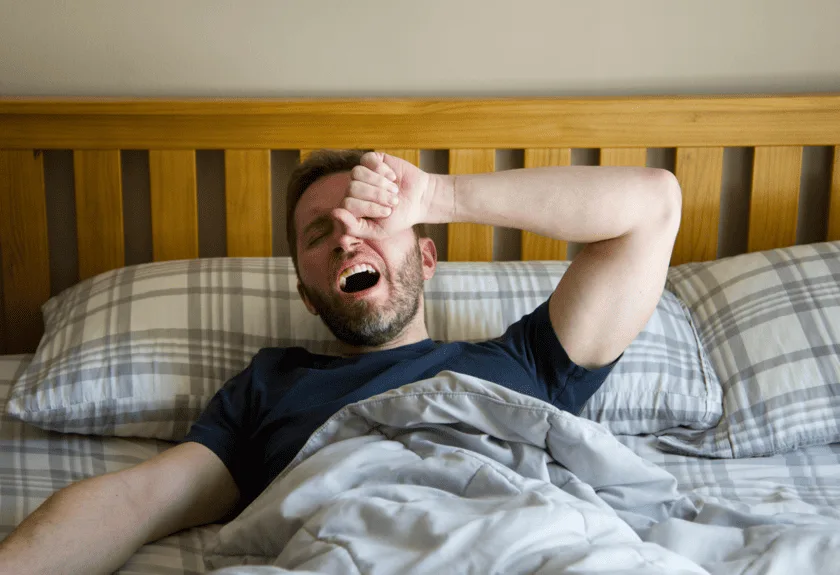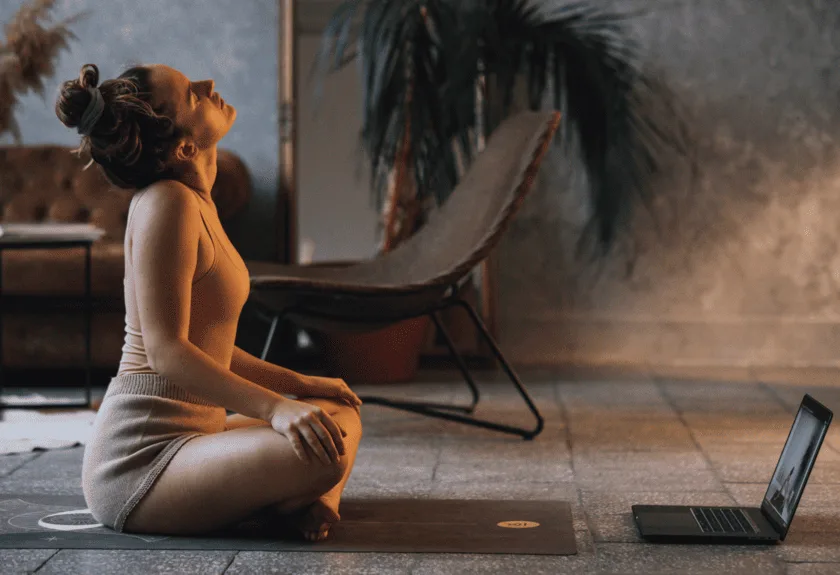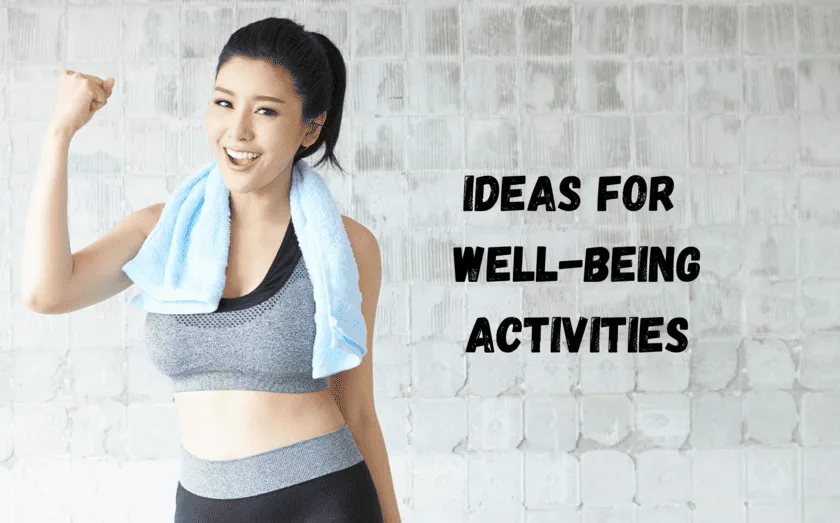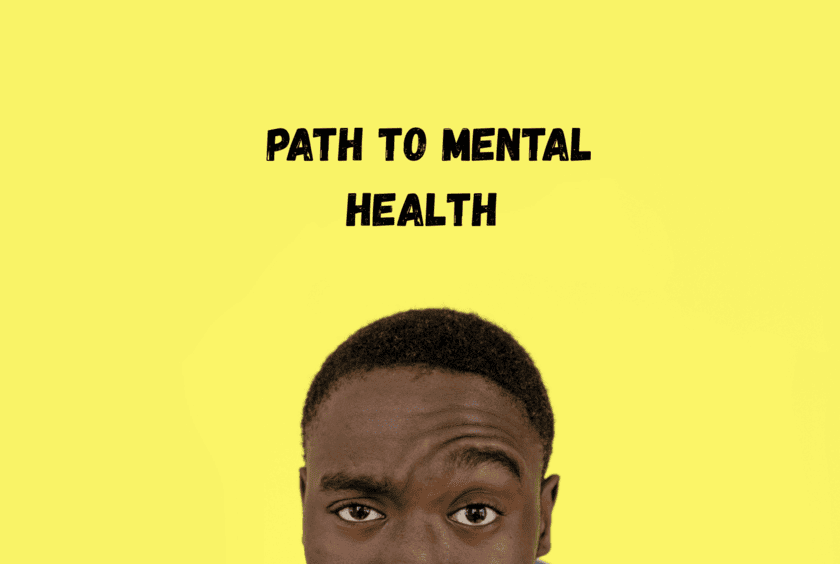Why Exercise Matters for Overall Health
The Connection Between Physical Activity and Holistic Well-Being
Physical activity is far more than just a way to burn calories or build muscle—it’s a cornerstone of holistic well-being. When you move your body, you’re not just improving your physical health; you’re nurturing your mind and spirit as well. Exercise boosts endorphin levels, which can help reduce stress, anxiety, and symptoms of depression. It also enhances cognitive function, improving focus, memory, and mental clarity.
Beyond the mental benefits, regular physical activity strengthens your immune system, promotes better sleep, and supports cardiovascular health. It’s a ripple effect—one positive change in your body can lead to improvements in all areas of your life. When you exercise, you’re investing in your energy levels, your mood, and your ability to tackle everyday challenges with resilience.
Addressing Common Misconceptions About Exercise
One of the biggest barriers to starting an exercise routine is the belief that it has to be intense, time-consuming, or complicated. Let’s debunk some of these myths:
- “I need to spend hours at the gym.” – Not true. Even 10–15 minutes of movement can have significant benefits. Short, consistent efforts can be just as impactful as longer sessions.
- “Exercise is only for weight loss.” – Exercise is about so much more than shedding pounds. It’s about feeling strong, energized, and mentally clear.
- “I’m not athletic, so I can’t exercise.” – Movement is for everyone. Whether it’s walking, stretching, or dancing, there’s no need to be an athlete to reap the rewards.
Another common misconception is that exercise must be painful or punishing to be effective. In reality, gentle, enjoyable activities can be just as beneficial—and more sustainable—than extreme workouts. The key is to find what feels good for your body and fits into your lifestyle.
Physical Benefits of Regular Exercise
In the whirlwind of daily responsibilities, it’s easy to overlook the profound impact movement has on our bodies. Yet, carving out even small pockets of time for physical activity can yield transformative benefits—especially when it comes to cardiovascular health, strength, energy levels, and sleep. Here’s how exercise quietly works its magic, even when life feels too hectic for lengthy routines.
Improved Cardiovascular Health and Strength
Your heart is a muscle, and like any muscle, it thrives on consistent use. Regular exercise—whether brisk walking, cycling, or strength training—helps:
- Lower blood pressure by improving circulation and reducing arterial stiffness.
- Boost heart efficiency, allowing it to pump more blood with less effort.
- Strengthen muscles and bones, reducing the risk of injury and age-related decline.
Even short bursts of activity—like taking the stairs or a 10-minute bodyweight workout—add up over time. Consistency matters far more than intensity when building a resilient body.
Enhanced Energy Levels and Better Sleep
Paradoxically, expending energy through movement actually replenishes it. Exercise:
- Stimulates mitochondria (your cells’ energy factories), helping you feel more alert.
- Balances stress hormones like cortisol, preventing midday crashes.
- Regulates circadian rhythms, priming your body for deeper, more restorative sleep.
“Movement is a love letter to your body—one that pays dividends in vitality.”
If fatigue or insomnia feel like constant companions, gentle movement (like yoga or an evening walk) can be a game-changer. Listen to your body—sometimes rest is the priority, but often, motion is the remedy.
Mental Health Benefits of Exercise
Reducing Stress and Anxiety Through Movement
In our fast-paced, always-on world, stress and anxiety can feel like constant companions. But what if the antidote was as simple as moving your body? Exercise is a powerful tool for managing stress and anxiety, not just because of its physical benefits, but because of how it impacts your mind. When you engage in physical activity—whether it’s a brisk walk, a yoga session, or a dance class—your body releases endorphins, those natural mood boosters that help counteract stress hormones like cortisol.
Even more, exercise provides a much-needed break from the mental clutter that often fuels anxiety. It’s a chance to focus on your body and the present moment, creating a sense of calm and clarity. You don’t need to run a marathon to reap these benefits—short, consistent bursts of movement can make a significant difference in how you handle life’s pressures.

- Endorphins reduce stress and promote relaxation.
- Movement interrupts the cycle of overthinking.
- Regular exercise can improve sleep, further reducing anxiety.
The Role of Exercise in Boosting Mood and Mental Clarity
Ever noticed how a good workout leaves you feeling lighter, both physically and mentally? That’s because exercise has a profound impact on your mood and mental clarity. Physical activity stimulates the production of serotonin and dopamine, neurotransmitters that play a key role in regulating mood and emotional well-being. This is why even a short walk can lift your spirits and help you feel more centered.
Exercise also enhances mental clarity by improving blood flow to the brain, which supports cognitive function and focus. Whether you’re dealing with brain fog or just need a mental reset, incorporating movement into your day can help you think more clearly and make better decisions. It’s like giving your brain a breath of fresh air.
“Exercise is a celebration of what your body and mind can do, not a punishment for what you ate or how you look.”
Here’s how exercise can boost your mood and mental clarity:
- Increases serotonin levels, promoting feelings of happiness and calm.
- Enhances focus and cognitive function through better blood flow.
- Provides a sense of accomplishment, boosting self-esteem.
Emotional and Social Benefits
Building Confidence and Self-Esteem
Exercise is more than just a way to improve physical health; it’s a powerful tool for boosting confidence and enhancing self-esteem. When you set and achieve fitness goals—whether it’s running a mile, lifting a heavier weight, or mastering a yoga pose—you prove to yourself that progress is possible. This sense of accomplishment translates into other areas of life, helping you approach challenges with greater self-assurance. Moreover, as your body becomes stronger and more capable, you naturally feel more confident in your own skin, fostering a healthier relationship with yourself.
Even small victories matter. Completing a workout even when you didn’t feel like it or noticing increased energy levels can reinforce the belief that you are capable and resilient. These moments build a positive feedback loop, encouraging you to keep going. Remember, it’s not about perfection—it’s about progress and the steady growth of self-belief.
Fostering Connections Through Group Activities
Exercise often serves as a bridge to meaningful social connections, especially when done in a group setting. Whether it’s a fitness class, a running club, or a team sport, these activities create opportunities to meet like-minded individuals who share similar goals. The camaraderie and mutual support found in these spaces can make the journey toward well-being feel less isolating and more enjoyable.
Group activities also provide a sense of belonging. Feeling part of a community can be incredibly motivating, especially on days when motivation wanes. Knowing that others are counting on you to show up or cheering you on during a tough workout can make all the difference. Additionally, the shared experience of pushing through challenges together fosters bonds that often extend beyond the gym or the running track.
Here are a few ways group activities can enhance your social well-being:
- Encouragement and accountability from peers
- Opportunities to celebrate successes together
- A sense of shared purpose and connection
Exercise as a Tool for Long-Term Habits
How to Start Small and Stay Consistent
When it comes to building sustainable exercise habits, starting small is key. Instead of diving into an intense workout regime, focus on manageable, incremental changes. For example, begin with a 10-minute walk or a short yoga session. The goal is to make exercise feel accessible, not overwhelming.
Consistency matters more than intensity. Set a realistic schedule—whether it’s three times a week or daily—and stick to it. Use tools like habit trackers or reminders to keep yourself accountable. Over time, these small efforts will compound into lasting habits.
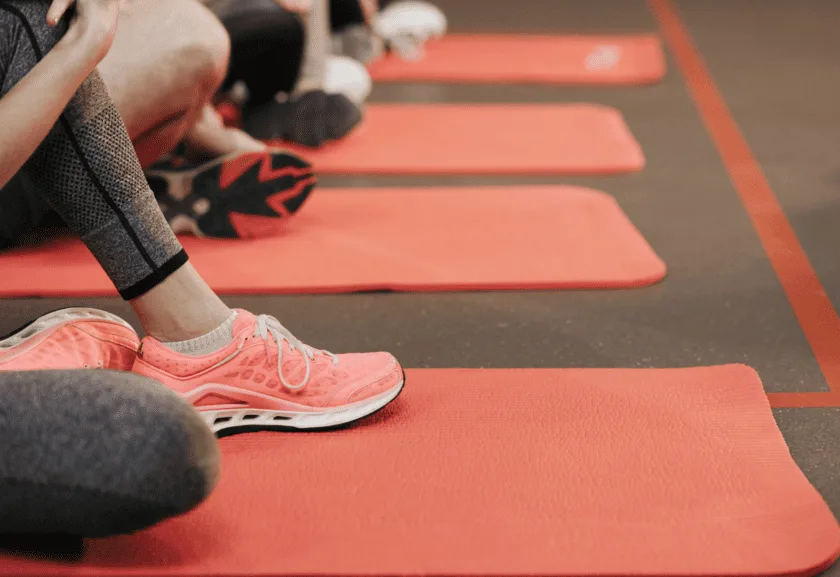
Adapting Exercise to Fit Your Lifestyle
Exercise doesn’t have to disrupt your routine; it can complement it. If you’re short on time, consider integrating physical activity into your day. For instance:
- Take the stairs instead of the elevator.
- Do stretching or bodyweight exercises during breaks.
- Turn household chores into an opportunity to move more.
Choose activities you enjoy and that fit seamlessly into your life. Whether it’s dancing, cycling, or joining a virtual fitness class, the best exercise is the one you’ll actually do. Flexibility and adaptability are essential for making exercise a sustainable part of your routine.
Holistic Approach: Mind, Body, and Spirit
In the pursuit of well-being, it’s essential to remember that health is not just physical. A truly balanced life integrates the mind, body, and spirit, creating a foundation for sustainable happiness and vitality. This holistic approach ensures that your efforts in caring for yourself are not fragmented but interconnected, leading to deeper fulfillment.
Integrating Mindfulness and Spirituality into Physical Activity
Physical activity is more than just a way to stay fit; it can also be a powerful tool for mental and spiritual growth. By incorporating mindfulness into your workouts, you transform exercise into a meditative practice. This means being fully present in the moment, paying attention to your breath, movements, and how your body feels. Whether it’s yoga, walking, or even weightlifting, mindfulness turns physical activity into a nourishing ritual for the soul.
Spirituality can also play a role in how you approach fitness. For some, this might mean setting an intention before exercising, such as gratitude or self-love. Others might find connection through outdoor activities, feeling the energy of nature as they move. By aligning your physical efforts with a deeper sense of purpose, exercise becomes more than just a task—it becomes a meaningful part of your life.
Creating a Balanced Routine for Sustainable Well-Being
To achieve holistic well-being, it’s crucial to create a routine that nurtures all aspects of your being. This doesn’t mean packing your schedule with endless activities, but rather designing a harmonious flow that supports your body, mind, and spirit. Here’s how:
- Body: Prioritize physical activity that you enjoy, whether it’s dancing, swimming, or strength training. Aim for consistency over intensity.
- Mind: Incorporate practices like meditation, journaling, or mindfulness exercises to reduce stress and enhance mental clarity.
- Spirit: Dedicate time to activities that feed your soul, such as spending time in nature, practicing gratitude, or engaging in creative pursuits.
Remember, balance is not about perfection but about integration. Allow flexibility in your routine, and listen to your body and intuition. A holistic approach is about nurturing yourself in a way that feels natural and sustainable, creating a life where well-being thrives on every level.
Practical Tips to Get Started
Starting an exercise routine can feel daunting, especially when time and motivation are in short supply. But remember, even the smallest steps can lead to meaningful change. Here are some practical tips to help you begin your journey with confidence and ease.
Simple Exercises for Beginners
If you’re new to exercise, start small. You don’t need fancy equipment or hours of free time to get moving. Here are some beginner-friendly activities to try:
- Walking: A 10-15 minute walk daily can boost your energy and improve your mood.
- Bodyweight exercises: Try squats, lunges, or modified push-ups at home.
- Stretching: Incorporate gentle stretches to improve flexibility and relieve tension.
- Yoga: Beginner yoga flows are great for strength, balance, and mindfulness.
The key is to start with what feels manageable and gradually increase intensity or duration as you build confidence.
Staying Motivated
Motivation can waver, especially when life gets busy. Here’s how to keep the momentum going:
- Set realistic goals: Break your goals into smaller, achievable steps.
- Track your progress: Use a journal or app to celebrate small wins.
- Find accountability: Pair up with a friend or join a supportive online community.
- Mix it up: Try new activities to keep things fresh and exciting.

Remember, progress isn’t linear. Every effort counts, no matter how small.
Overcoming Common Challenges
Starting is often the hardest part. Here’s how to tackle some common obstacles:
- Lack of time: Schedule exercise like any other appointment, even if it’s just 10 minutes.
- Feeling overwhelmed: Focus on one small habit at a time instead of trying to overhaul everything.
- Fear of failure: Remind yourself that setbacks are normal. What matters is starting again.
- Boredom: Experiment with different activities until you find what you enjoy.
The most important thing is to be kind to yourself and recognize that every step forward is a victory.
Conclusion
Starting an exercise routine is about progress, not perfection. By beginning with simple, manageable steps and staying consistent, you’ll build a foundation for long-term success. Remember, you’re not alone in this journey. Celebrate your efforts, learn from the challenges, and embrace the process. Your health and well-being are worth it.
FAQ
- How often should I exercise as a beginner?
- Start with 2-3 sessions per week and gradually increase as you feel comfortable.
- What if I don’t see results right away?
- Results take time. Focus on how you feel—energy, mood, and strength—rather than just physical changes.
- Can I exercise if I’m short on time?
- Absolutely! Even 10-15 minutes of movement can make a difference. Prioritize consistency over duration.
Reference:
- Basso, J. C., & Suzuki, W. A. (2017). The effects of acute exercise on mood, cognition, neurophysiology, and neurochemical pathways: A review. Brain Plasticity, 2(2), 127–152. https://doi.org/10.3233/BPL-160040
- Brown, N. I. (2024). Health-Related Benefits and Adherence for Multiple Short Bouts of Physical Activity. Journal of Exercise Science, 29(4), 515–527. https://pmc.ncbi.nlm.nih.gov/articles/PMC11562445/
- World Health Organization. (2024). Physical activity.
https://www.who.int/news-room/fact-sheets/detail/physical-activity - de Nys, L., Anderson, K., Ofosu, E. F., Ryde, G. C., Connelly, J., & Whittaker, A. C. (2022). The effects of physical activity on cortisol and sleep: A systematic review and meta-analysis. Psychoneuroendocrinology, 143, 105438.
https://pubmed.ncbi.nlm.nih.gov/35777076/ - Abrego-Guandique, D. M., Aguilera Rojas, N. M., Chiari, A., Luciani, F., Cione, E., & Cannataro, R. (2025). The impact of exercise on mitochondrial biogenesis in skeletal muscle: A systematic review and meta-analysis of randomized trials. Biomolecular Concepts, 16(1). https://pubmed.ncbi.nlm.nih.gov/40459444/
- Kredlow, M. A., Capozzoli, M. C., Hearon, B. A., Calkins, A. W., & Otto, M. W. (2015). The effects of physical activity on sleep: a meta-analytic review. Journal of Behavioral Medicine, 38(3), 427-449. https://doi.org/10.1007/s10865-015-9617-6











